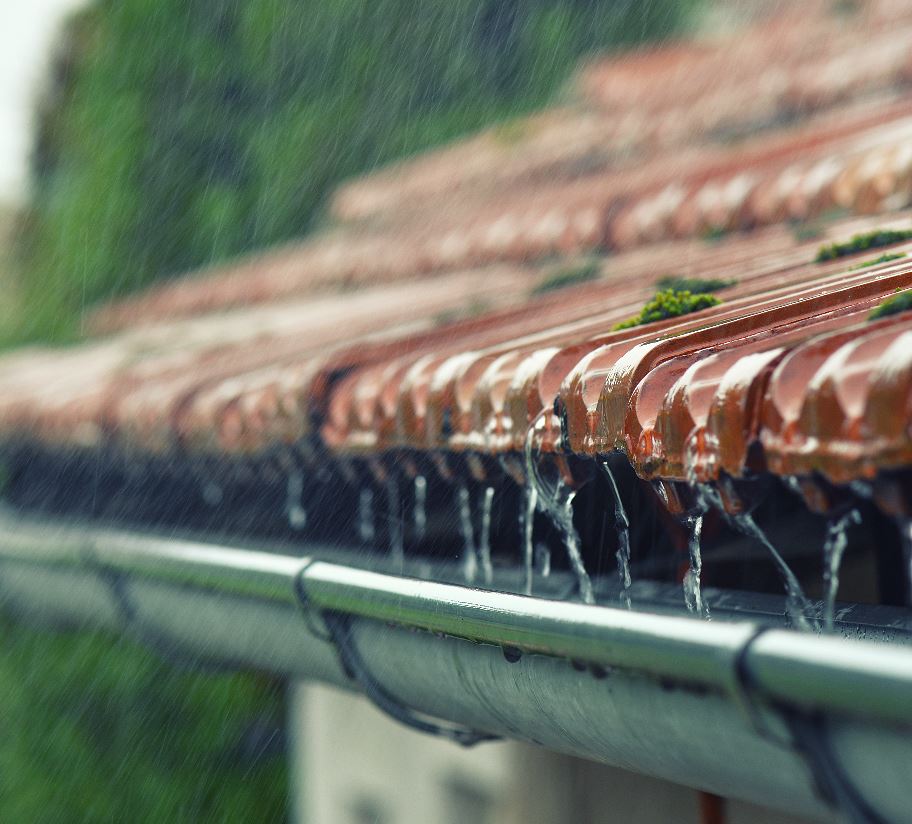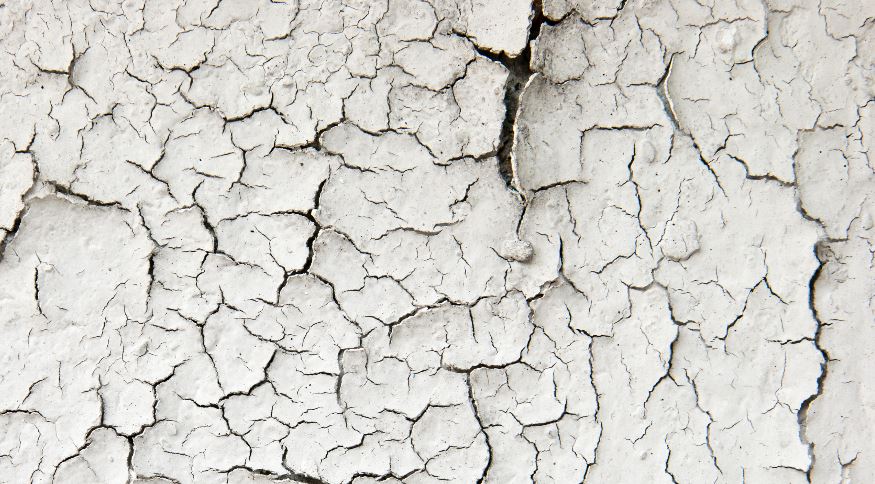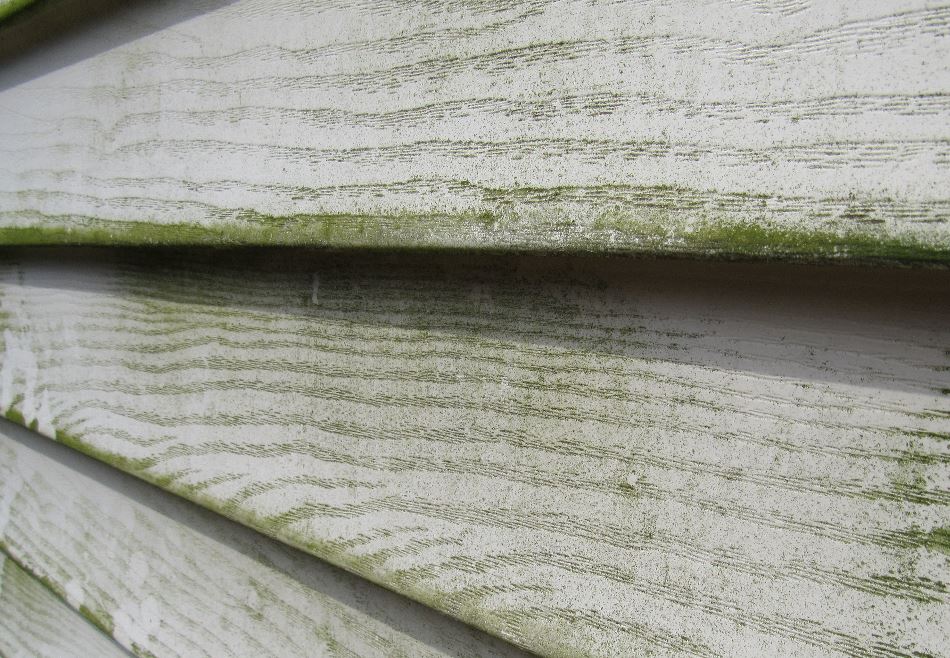
Common Paint Problems & How to Fix Them
Posted on January 20, 2020
An exterior paint job can be a big project and a significant financial undertaking. Some exterior paint issues warrant a whole paint job, others don’t. Here are the 10 common exterior paint problems and how to fix them. If you need professional assistance with paint repair or house painting, contact us today for a free, no-obligation, estimate.
Withstanding The Elements

Your paint has to stand up to wind, rain, freezing temperatures, and beaming sunlight. It’s amazing it stand up at all! Most paints today are fairly good at looking beautiful year after year under these conditions. Proper prep and conditions are very important to ensuring a new paint application ‘sticks’, improper prep can and often does result in paint failures to do weather or temperature change.
Repair: It’s important when painting the exterior of your home that you consider these conditions and purchase appropriate, high-performance paint for the job.
Bubbles & Blisters in Paint

When bubbles turn up under your paint, it’s most likely caused by moisture in the wood trying to evaporate through the paint. Dew, rain, and humidity should all be avoided when painting. The water will only cause issues down the road with your job.
Repair: Scrape the blistered paint down to the wood. Make sure you are painting in dry times, and out of direct sunlight. Scrape away blistered paint, and sand to bare wood. Use high-quality latex paint.
Cracks / Flaking Paint

Alligatoring shows up as a cracked pattern in the paint. Checking is similar but less severe. Both are caused by issues with the application of the paint. If the primer or first coat of paint hasn’t fully dried, and the second is applied you will end up with checking or alligatoring.
Repair: Remove the old paint by sanding. Then prime and repaint with a latex-based paint that has flexibility.
Efflorescence / White Spots

When masonry is painted, efflorescence can show up as salty deposits on the paint. It is caused by the salt in the brick or concrete mixing with water and leaching to the surface.
Repair: You must first identify and eliminate the source of the moisture in the wall. Use patching concrete that has latex in it to seal off gutters, downspouts, joints, and other water sources. To repair the problem, remove all chalky residue and any flaking paint with a wire brush. Scrub the area with TSP cleaner. Allow ample dry time and repaint with high-quality latex house paint.
Chalking
Chalking is when a chalky film develops on the surface of the paint. While some chalking is completely normal, an overabundance of it signals a deeper problem. When chalking is too severe, it may run off and stain the surrounding ground, plants, and the building it’s applied to.
Repair: The current chalk on the paint must be removed before paints. Power wash or scrub the paint with trisodium phosphate cleaning solution and rinse clean with water. Once the area is dry, use latex house paint to repaint the area.
Sagging or Running
If your paint looks like it is melting off your house, you have sagging or running. This can be caused by the paint being thinned too much prior to application, or the paint being applied in too thick of coats.
Repair: If the paint has been applied and is still wet, you can use a brush to move the paint around and distribute it more evenly. If the paint is dried, use a scraper or sander and even out the paint. Using two thinner coats, apply the paint.
Mold & Mildew

Mildew grows on paint film and caulk. It’s typically brown or green and shows as dark spots. It’s caused by poor ventilation and lack of sunlight, in addition to standing wetness.
Repair: While using eye and skin protection, scrub the area with bleach. Use the mixture 1 part bleach to 3 parts water. Let the solution sit on the cleaned area for up to 15 minutes, then rinse with clean water. Wash again with a detergent solution and rinse thoroughly. Let the area dry completely, and apply high-quality latex house paint.
Rust & Staining
Rust stains show up as red, brown, or even black stains on the paint. Typically, it’s caused by the wrong nails being used to attach the siding. Excessive weather can cause steel nails to oxidize and rust.
Repair: First, replace the nails that are rusted with galvanized or stainless steel nails. If they cannot be removed, sand the heads to bare metal and countersink them. Prime with a rush-blocking primer. Then caulk, fill, or patch the heads to smooth. Use high-quality paint to finish the job.
Peeling Paint Due to Poor Adhesion
Paint that peels from the walls is more common than homeowners realize. It is usually caused by moisture in the wood, or poor adhesion. If the paint is peeling in small pieces, and leaving layers behind, you’re dealing with poor adhesion.
Repair: Scrape away the peeling paint. Sand the area to create a feathering effect on the outer areas. Use a primer to spot cover the bare areas. Repaint the area with high-quality paint.
Peeling Paint Due to Moisture
If your paint is peeling due to moisture, you will see large sections coming off with bare wood underneath. This is typically found around windows, doors, and gutters.
Repair: Check for the source of the moisture. Make sure downspouts and drainage are taking water away from the home and walls. Repair and replace any damaged caulk. Then scrape away the peeling paint and sand the area. Create a feather effect around the edge of the project. Spot prime the bare wood. Finally, paint the area with quality home latex paint.
If your suffering from any of these paint problems and it’s time to get your home’s exterior, prepped and painted to protect it let CertaPro of Corona provide you with a free estimate today! Don’t wait till minor problems become major issues with your home!





